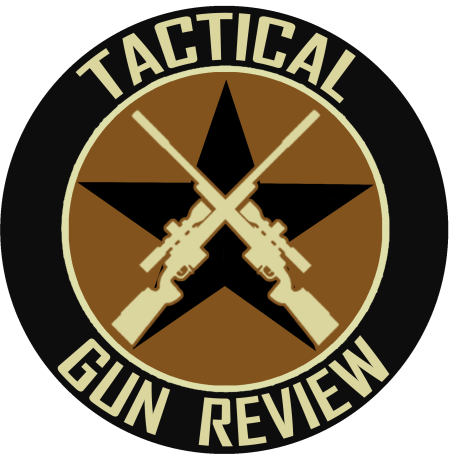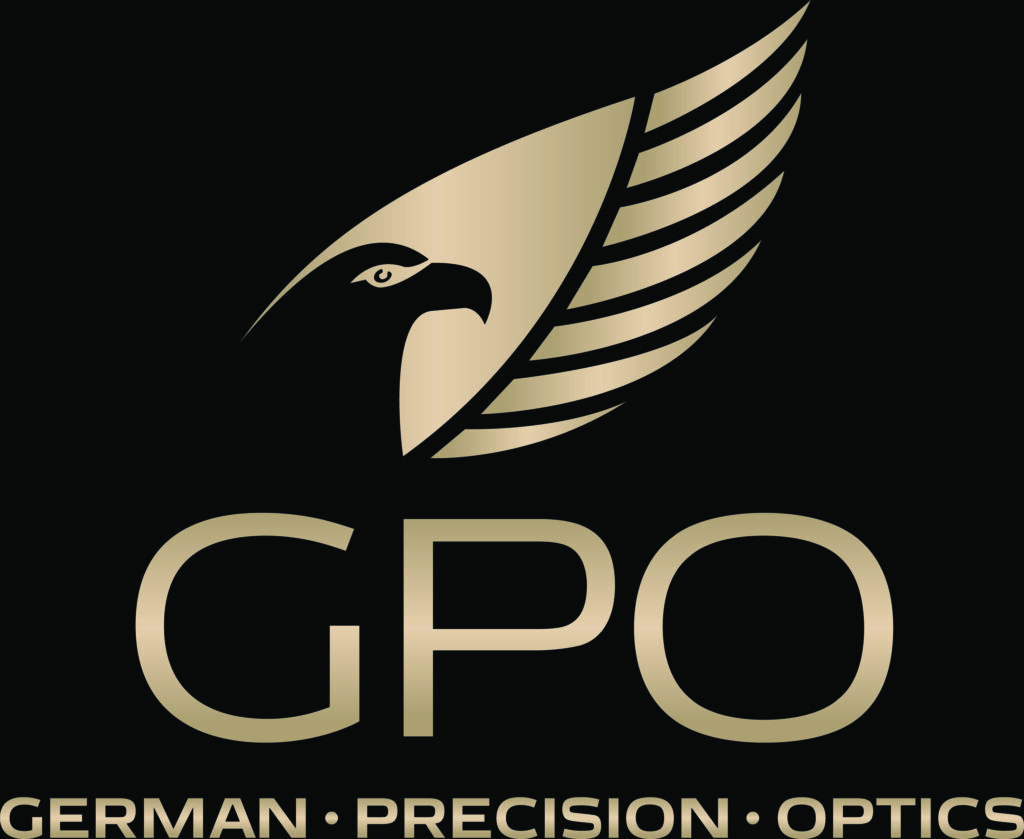As long time suppressor users and having tested a lot of them partnering with the Silencer Shop we have some advice that might help you navigate through your decision making process.
Step one: Use case, what type or rifles, calibers and intended use?
Let’s assume for the sake of discussion that you are not going to use anything with a bullet larger than a 30 caliber. Typical rifle calibers in common use would include 308, 6.5 Creedmoor, 300 win mag, 270, 5.56, 6.8 SPC, 300 Blackout, etc.. With that in mind I always recommend starting with a 30 cal can and preferably one rated up to 300 win mag. While you may not have or plan to have a 300, you never know what opportunity pops up where you wish you had one. A 30 caliber silencer can be ran on any of the above rifles. Maybe you have a 308 bolt action now and a 5.56 AR, or plan to get one or the other in the future. With the right muzzle attachment in place you can move your silencer around to different guns. Start with a 30 cal can, you can always get a dedicated 5.56 (22 cal) silencer later if you really feel the need or just want one.



Step two: Attachment methods.
You can get direct thread that simply screw right onto the threaded end of the barrel or get one that connects to the gun via a muzzle device that is threaded onto the gun. Both have their pros and cons. Direct thread has the benefit of being ever so slightly lighter given there is no muzzle device on the gun. It is also commonly perceived as more of a “precision rifle” setup. One less thing to potentially effect accuracy. It is easy to move around on rifles that have the standard 5/8×24 threading and you don’t need to purchase different muzzle devices which can run $50-$100 per. Now, having said that, you can leave the muzzle device in the silencer and move the whole thing from gun to gun. Another negative thing about direct thread is that they can get loose during shooting, I often do a quick check to make sure it is snug. The other alternative is to buy a silencer that uses a mount on the gun. This gives more flexibility for moving the silencer around to different guns. For example, if you have a 30 caliber can and want to put it on your 5.56 which uses a different thread size/pattern 1/2×28 you can buy a mount for it and run your silencer on it. There are different types of mount such as a flash hider, muzzle brake (NEVER SHOOT WITHOUT HEARING PROTECTION IF SILENCER IS OFF!) and direct thread adapters which is just a mount and does nothing else. Once the silencer is on the gun, it doesn’t matter which type you use for the most part. The only exception is that in some cases, such as on an SBR you might be best off running the flash hider or brake as it will take some if the initial high pressure gas load before it goes into the silencer, some manufactures only rate for SBR / full auto if you run the brake with the silencer. There are also different attachment types such as some that are deemed “quick disconnect” Often times requiring only a slight twist to get it on and engage the locking mechanism. Then there are taper mount types which uses conical surfaces to interact and generally require more turns of the can before bottoming out and becoming tight. Personnaly, I greatly prefer this type. It offers consistent “timing” meaning the silencer is always in excatly the same alignment to the barrel. They don’t have anything that can wear out, brake or get loose and generally speaking are going to make for a more accurate rifle. I have seen Surefire mount for example get launched downrange because they weren’t properly seated and locked, clearly user error but still. The whole need for “quick detach” is really over rated for civillian use.


Step 3: Construction material
The next thing we will talk about is the actual construction of the silencer. For the most part, they are made up of an outer tube with a baffle stack inside it which slows down the gases just enough to prevent them from igniting once they hit air outside the gun, that is what makes the big boom! The baffles can be a series of individual pieces or be machined out of a solid piece often referred to as a monolithic design. There are some silencers where the baffles are stacked and welded on the outside and there is no tube per se. Common materials used are steel, titanium and aluminum for the tube. Reminder, we are referring to centerfire rifle silencers, not pistol or rimfire. Often times you will see the word Inconel or Stellite referenced for baffles, both are extremely tough alloys that are designed to take a lot of abuse. There are some silencers intended for hunting that are made of an aluminum outer tube vs steel to reduce weight while not being as expensive as titanium. These are generally not to be used on an AR doing mag dumps or on an SBR. A few rounds hunting is fine, just don’t abuse them. We personally own 8 silencers made completely out of titanium. They are very light weight and we have used them on SBRs up to 7 mag. Unfortunately, the company is no longer in business, but we love them and would absolutely consider titanium for future purchases.
Step 3: Length
We like to categorize silencers in three sizes, full size, mid-size and compact. Full size is generally around 9″ and compact can be 5-6 with midsize around 7-7.5″. There is simply no way to beat physics, a larger can has more internal volume and will always be quieter than a shorter one of the same design. Period. Now, like everything, it is a balancing act between length and compactness/weight. Shorter ones are going to be lighter and more maneuverable and less likely to hit things when the gun is moved, liked getting in and out of a vehicle or when hunting out of a blind. Add a 9″ can to a rifle with a 24″ barrel and it is very long, and you definitely have to be very aware of that. Imagine being in a hunting blind with your rifle standing in the corner, a deer or hog comes into view, and you are getting the rifle ready to shoot through the window and BAM! you hit the side of the blind and off they go! Conversely, a 16″ barreled rifle with a 6″ can is much more like a 22″ rifle, big difference. For this reason, 99% of my hunting is with a 16″ 6.8 AR or 16″ 308, with a 6″ silencer, the shorter barrel makes for a lighter gun as well. It will be hearing safe and a full-size can won’t be THAT much quieter so as to not spook game. ll. Even hunting hogs with an AR and subsonic 300 Blackout suppressed once the first shot is fired they start running.


Step 4: What to buy?
So, we have given you a lot to think about and do your research. Here are a few honest facts about silencers. They ALL make the gun much quieter than without one! There isn’t THAT much difference audibly between any of them the same size. We want ones that will always have the same point of impact if you take it off and put it back on. As such, we like the taper mount cans. The midsize can is also just the right balance for a hunting rifle and lightweight cans are much better than heavy ones if you are out walking or shooting off hand. Conversely, if you are a benchrest guy then might as well have the most sound suppression you can and potentially a little less muzzle jump with the longer and heavier can. Heavy does not hurt accuracy and can in fact improve it
Just think long and hard, prioritize your needs and be honest with yourself. Do your research, take your time, call around to various dealers and ask their opinion. I would strongly recommend starting by calling the Silencer Shop. These guys get to try all the latest stuff out and live it. Gun guys can be the most opiniated people on the planet so always look for averages and common ground. Youtube videoes are pretty much useless honestly for being able to really hear the differences. There is so much compression in the videos it is hard to really judge between them. We do recommend the Silencer Shop and their affiliated dealer network and they really have made the buying process easier. Without getting into too much detail such as purchasing as an individual or setting up a trust (generally recommended if you have a family) the buying process and time is pretty much the same. You buy it, pay for it and the $200 tax stamp (for every purchase) and then you wait. We tell people to expect a year, just try to forget about it and be happy when that email comes in you can come pick it up. Oh, one more thing to add. Always buy what is in stock. There can be long waiting periods between when a dealer orders it and when it arrives. Again, yet another reason to use the Silencer Shop and their affiliated dealership network. If you get a chance to talk or meet Dave Matheny the owner thank him for all the hard work they have put in over the years to make silencers legal in more places as well streamlining the buying process. As my dad used to say “he’s one of the good guys”
Here is a great place to start: 762 Rifle Suppressors – Silencer Shop
ccoker
Latest posts by ccoker (see all)
- Buying Your First Handgun – 6 Mistakes to Avoid - October 11, 2023
- BUSHNELL AR OPTICS 1-8X24 ILLUMINATED RIFLESCOPE - September 27, 2023
- So you want to buy your first rifle suppressor? - June 15, 2023



Recent Comments